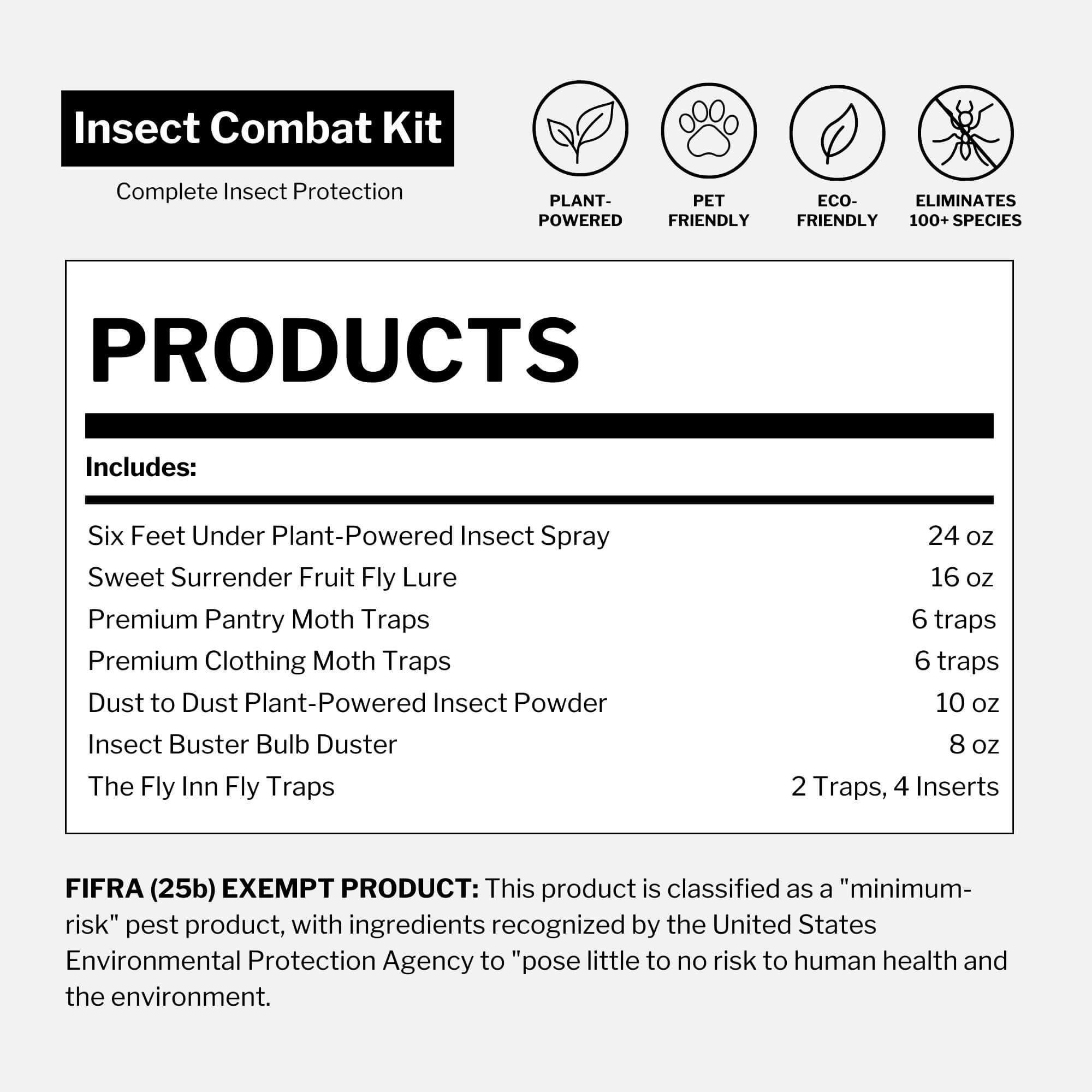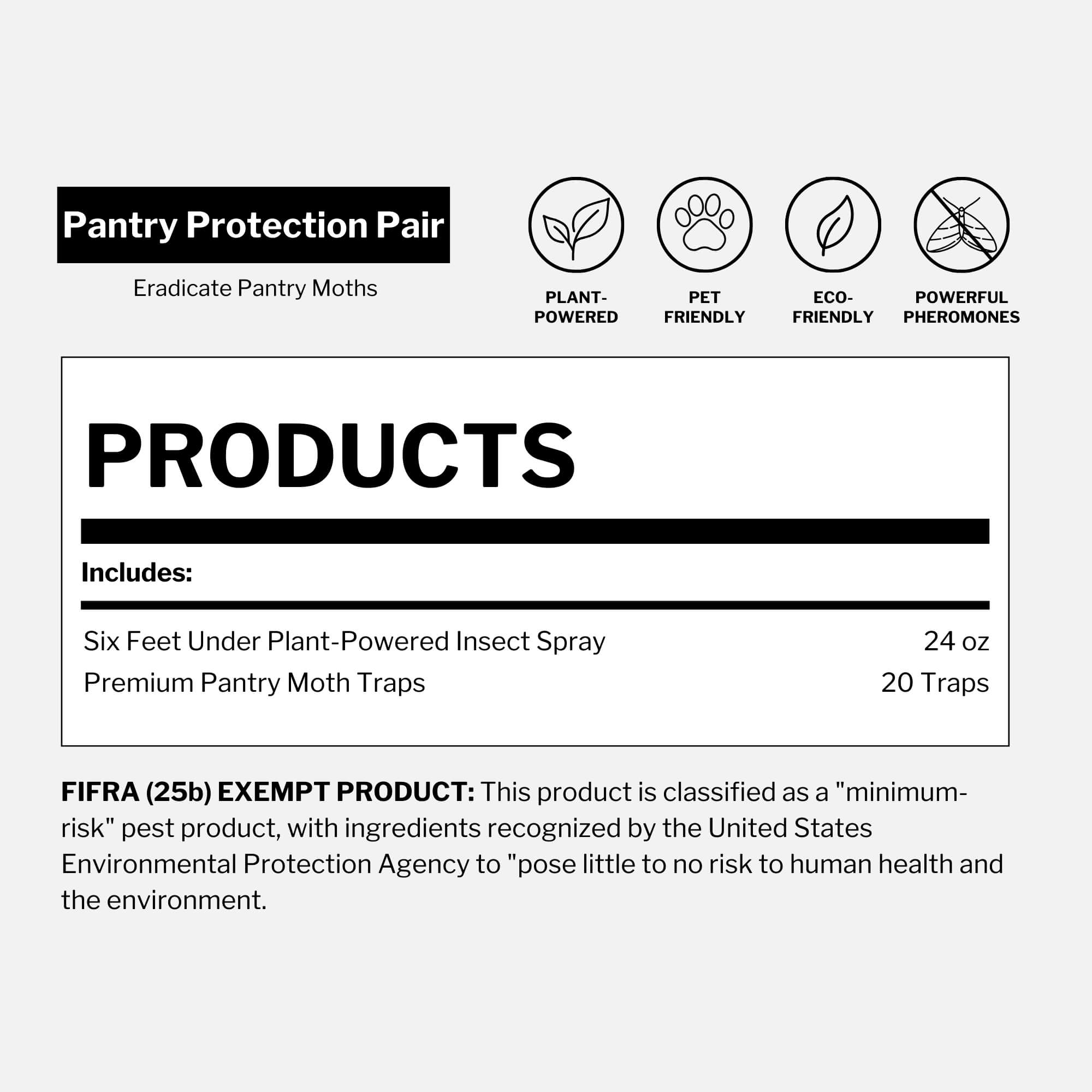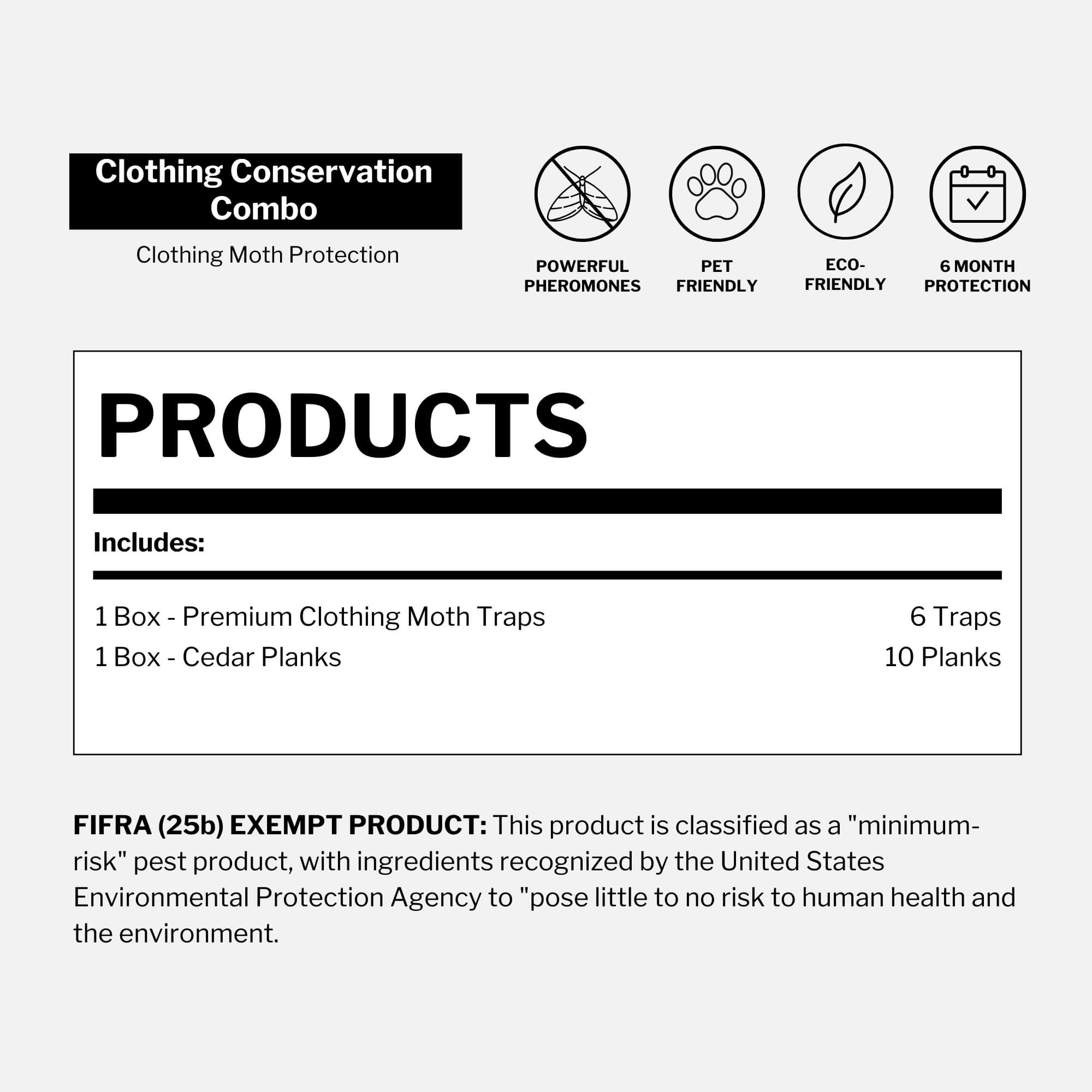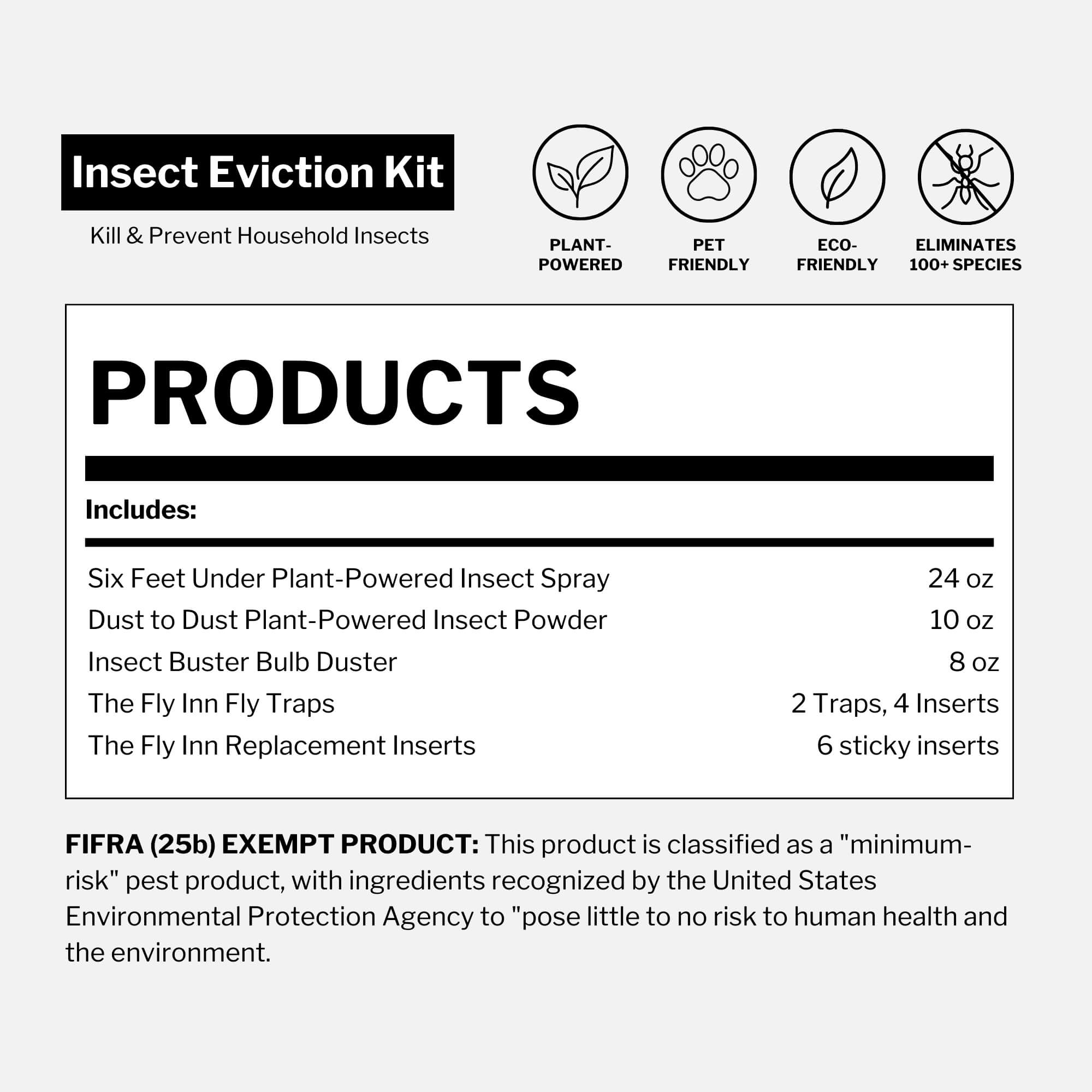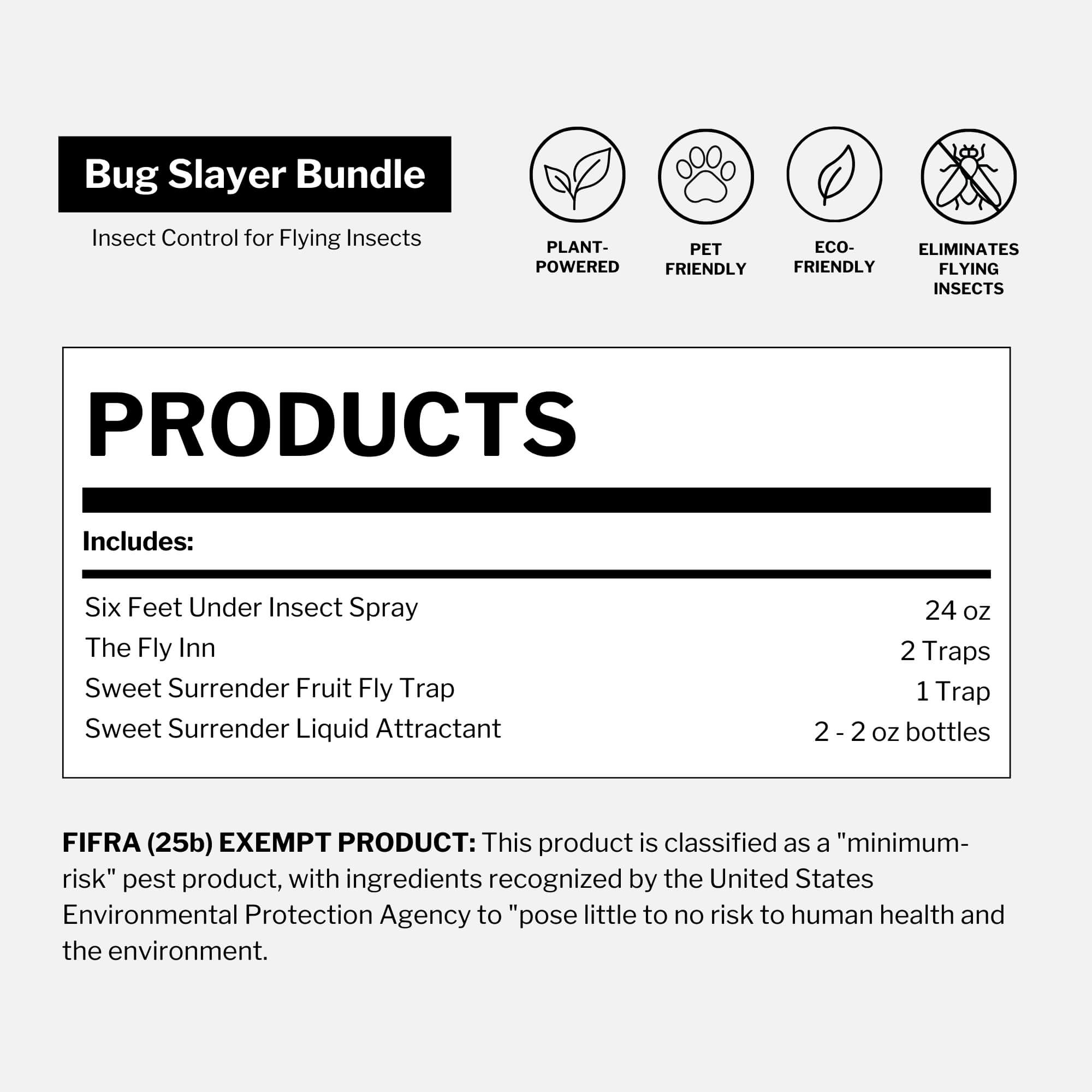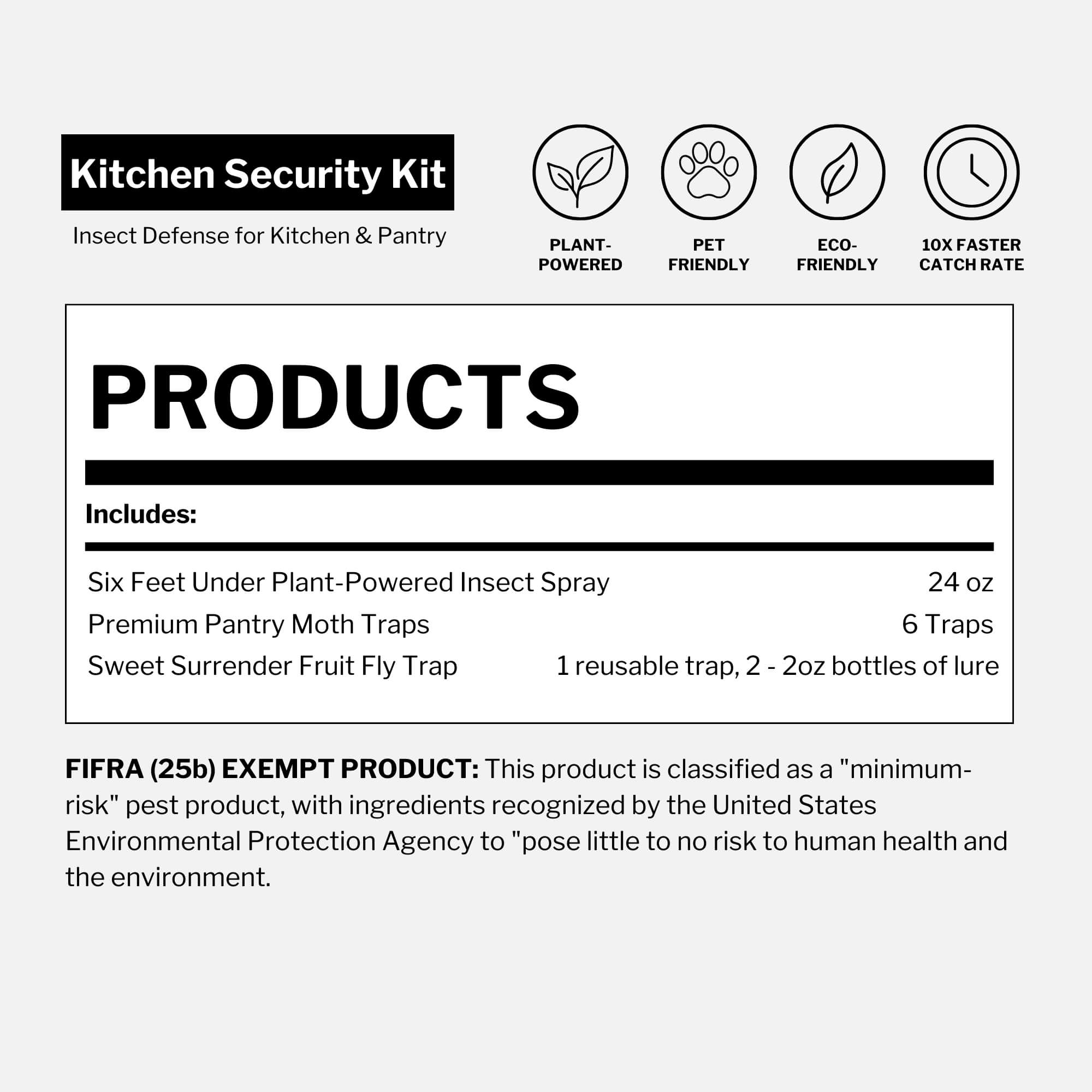Imagine waking up with mysterious bites. Could it be bed bugs? Or ticks?
Proper identification is crucial when dealing with these tiny, bloodsucking invaders. In the bed bug vs tick debate, these pests may seem similar at first glance, but their habits, habitats and health risks couldn’t be more different. Recognizing these differences can help you respond quickly and effectively.
In this bed bug vs. tick article, we’ll break down their differences in appearance, habitat, behavior and health risks—plus the best strategies for elimination.
Bed bug vs. tick: What’s the difference?
Before discussing their unique traits, here’s a quick comparison to help you spot the key differences.
|
Feature |
Bed bugs |
Ticks |
|---|---|---|
|
Size |
4-7 mm (about the size of an apple seed) |
3-5 mm (can swell up to 10 mm when engorged) |
|
Shape |
Flat, oval |
Oval, rounder after feeding |
|
Legs |
6 |
8 (as arachnids) |
|
Color |
Reddish-brown |
Brown, reddish or grayish when engorged |
|
Feeding behavior |
Bites and retreats |
Attaches and feeds for days |
|
Common hiding spots |
Mattresses, bed frames, furniture crevices |
On pets, humans, in tall grass |
|
Diseases transmitted |
No known disease transmission |
Can carry Lyme disease, Rocky Mountain spotted fever and more |
|
Activity pattern |
Active at night, between midnight and 5:00 a.m. |
Active any time a host is present |
|
Host detection |
Attracted to CO₂ and body heat from short distances (about 3 feet) |
Attracted to CO₂, body heat, and vibrations; some species actively move toward a host |
|
Feeding duration |
Feeds for 5-10 minutes, then retreats to hiding places |
Feeds for several days before dropping off |
|
Movement |
Wanders in search of a host, often traveling many yards |
Uses a passive strategy called questing, waiting for a host to pass by before latching on |
Now that you’ve seen the key differences in the chart, let’s take a closer look at these characteristics—how bed bugs and ticks compare in appearance, habitat, behavior and bite risks.
1. Appearance: Legs, shape and color
Both pests are small, wingless and oval-shaped, making them easy to confuse at a glance. However, ticks are arachnids (like spiders), meaning they have eight legs, while bed bugs are insects with only six legs.
Another key difference is size change after feeding—ticks swell significantly when engorged, while bed bugs remain relatively flat, even after a blood meal.
2. Where they live: Bed bug vs. tick habitat
The biggest difference between ticks vs. bed bugs is where they live and how they infest homes:
- Bed bugs are indoor pests. They hide in mattresses, furniture and wall cracks, coming out at night to feed.
- Ticks thrive outdoors, clinging to tall grass, bushes and trees before latching onto a passing host.
Tip: If you find a bug in your bed, it’s likely a bed bug, while a tick is more commonly picked up from wooded areas or pets.
3. Behavior: How bed bugs and ticks move and feed
Bed bug behavior
 Bed bug
Bed bug- Bed bugs have a cryptic lifestyle, staying hidden in cracks and crevices during the day and becoming active at night (midnight–5:00 a.m.).
- Unlike ticks, bed bugs do not attach to their hosts. They bite, feed briefly and retreat to their hiding spots.
- They are drawn to CO₂ and body heat, but only from short distances (about 3 feet).
- Bed bugs wander to locate a food source, sometimes traveling several yards to reach a host.
- Feeding lasts 5-10 minutes, during which a single bed bug may probe multiple times, leaving several bite marks before returning to digest its meal.
- They feed every 3-7 days, meaning at any given time, most of an infestation is digesting rather than actively feeding.
Did you know? Bed bugs often feed in clusters or lines, leading to the well-known "breakfast, lunch, and dinner" pattern.
Tick behavior
 Tick
Tick- Ticks do not jump, fly, or drop from trees—they use a strategy called questing, where they perch on grass or leaves with front legs extended, waiting for a passing host.
- When an animal or human brushes against them, they latch on immediately and embed themselves in the skin.
- Unlike bed bugs, ticks stay attached for days, feeding continuously before dropping off.
- Ticks are attracted to CO₂, body heat and vibrations. Some species actively move toward a host rather than waiting.
- Once attached, a tick remains embedded until fully engorged.
4. Bites: Do they spread diseases?
Ticks pose a greater health risk because they can transmit diseases like:
- Lyme disease
- Rocky Mountain spotted fever
- Ehrlichiosis
Ticks transmit disease through their saliva, which enters the host’s bloodstream during feeding. The longer a tick stays attached, the higher the risk of disease transmission.

Bed bugs, while causing itchy bites and allergic reactions, have not been scientifically proven to spread disease. However, infestations can lead to insomnia, stress and secondary infections from excessive scratching.
Tick vs. bed bug: How to get rid of them
How to get rid of bed bugs

Eliminating bed bugs requires persistence:
- Deep clean your home: Vacuum mattresses, carpets and cracks where bed bugs hide.
- Wash bedding and clothing: Use high heat (at least 120°F) to kill bed bugs.
- Apply natural powders: Dust to Dust dehydrates bed bugs on contact.
- Use bed bug traps: Placing interceptors under bed legs prevents them from reaching you.
For more details, check out our bed bug survival guide.
How to remove ticks safely
Ticks must be removed carefully to prevent infections:
- Use fine-tipped tweezers: Grasp the tick close to the skin and pull straight out without twisting.
- Disinfect the bite area: Apply rubbing alcohol or antiseptic.
- Dispose of the tick: Flush it down the toilet or seal it in a plastic bag. Do not crush a tick with your fingers, as this can release pathogens and increase the risk of infection.
Tip: Avoid old wives' tales like covering the tick with nail polish, petroleum jelly or using heat to force detachment. These methods can delay removal and increase the risk of infection.

Why bed bug vs. tick identification matters
Knowing how to tell these pests apart isn’t just interesting—it’s critical for effective treatment and prevention. Though they share some similarities, ticks and bed bugs require different approaches. Bed bugs infest homes and cause sleep disturbances, while ticks spread dangerous diseases through prolonged feeding.
By distinguishing between them and using proven pest control strategies, you can protect your home and health from these unwanted invaders.
Looking for an effective, plant-powered solution? Dr. Killigan’s Dust to Dust helps eliminate bed bugs without toxic chemicals, so you can reclaim your space—naturally.





